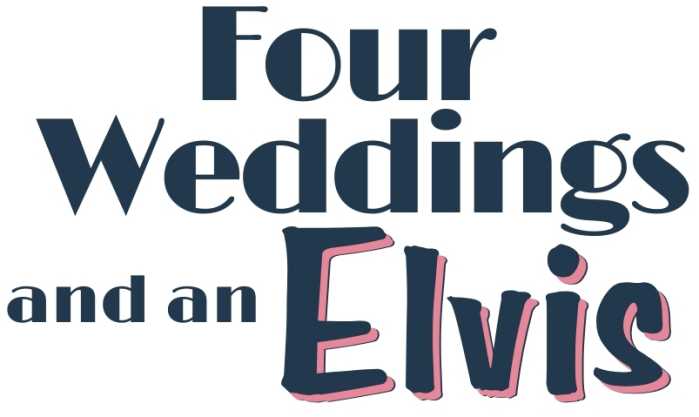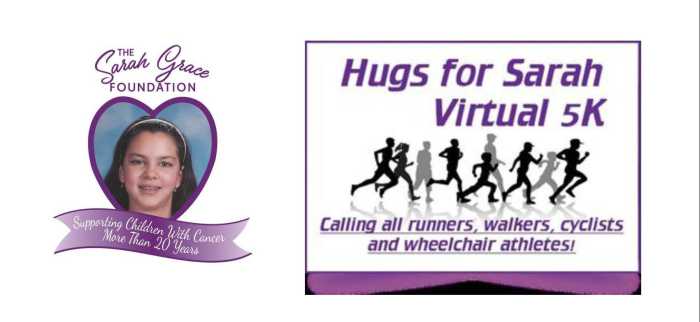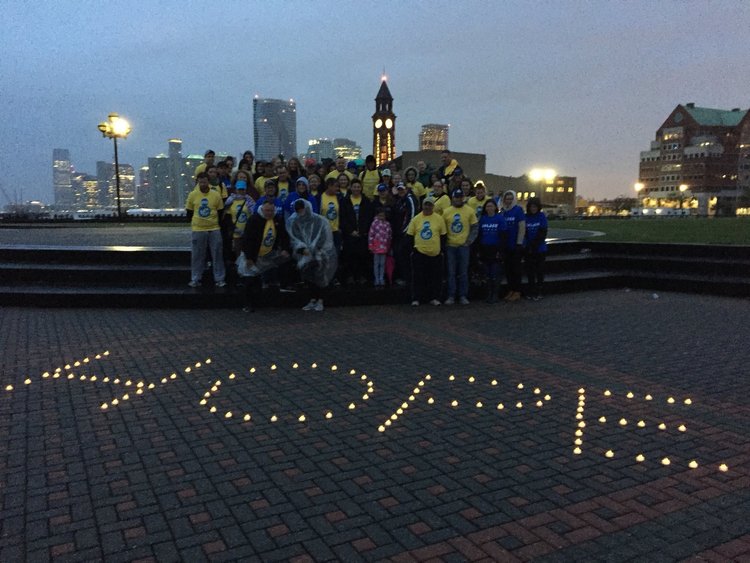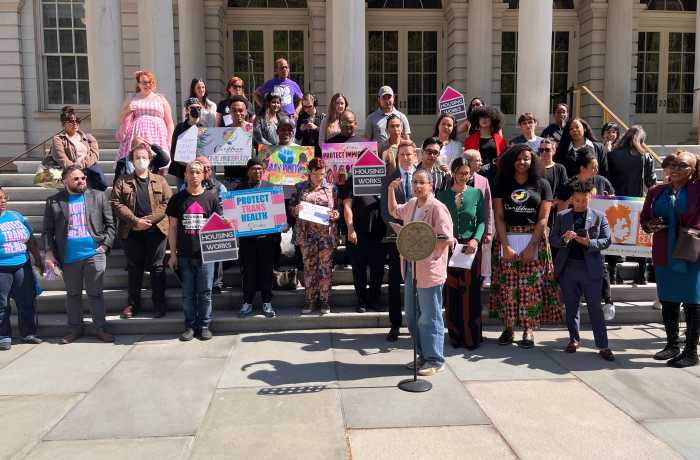More New Yorkers Kicking The Habit
The city Health Department began last Tuesday, Mar. 5, its nicotine patch and gum program to help New Yorkers quit smoking.
The program, in partnership with the New York State Smokers’ Quitline, will run through Thursday Mar. 21. Now in its eighth year, the hardhitting media-driven nicotine patch and gum program has helped more than 350,000 New Yorkers in their efforts to quit smoking.
In conjunction with the launch of the program, two of the most memorable ads will run on air, online and in print. These ads, entitled “Separation” and “Cigarettes are Eating You Alive,” show smoking’s devastating health consequences as well as the impact it has on the families who lose smokers to illness.
While the number of adult smokers in New York City has declined since 2002, smoking remains a leading cause of premature preventable deaths in New York City, and quitting smoking is the most important step a person can take to improve their health. The nicotine patch and gum program has played a critical role in helping New Yorkers quit smoking and driving down the adult smoking rate to 14.8 percent.
“Quitting smoking is the single most important thing you can do for your health,” said Health Commis- sioner Dr. Thomas Farley. “We know it usually takes smokers several tries before they quit smoking. This program is a reminder that even if you’ve tried to quit smoking and relapsed, you can try again. Quitting can start with a call to 311.”
Eligible enrollees in the nicotine patch and gum program will receive a NYC Quits Kit booklet and up to a four week supply of patches and/or gum depending on number of cigarettes smoked daily. In addition, enrollees will receive follow up calls from the Quitline as well as a relapse prevention email.
Smokers who want help quitting can apply to get patches or gum at no cost by calling 311 or completing an easy online application by searching for “NYC Quits” on NYC.gov.
Smokers can also register on NYC Quits (Search NYC Quits on nyc.gov), an interactive website with tools and information to help smokers quit. Registered users can access tools like a quit diary and a cravings log to track their progress and seek support during the quitting process. In addition, the “NYC Quits” Facebook page-facebook.com/nycquits -has become an online smoking cessation support network with more than 10,000 fans.
From feeling better to saving money, the Health Department noted that there are many reasons to quit. Below are a few points to keep in mind if anyone is thinking about quitting.
– Smoking can lead to heart disease, stroke, emphysema, lung and other cancers. Quitting now will reduce the risk of developing these illnesses. Your health starts getting better as soon as you quit.
– On average, smokers die 13 to 14 years earlier than non-smokers. The good news is quitters reduce their risk of premature death, no matter their age.
– Nicotine is one of the most addictive drugs known and is the most common addiction in the country. Research suggests nicotine is as addictive as heroin, cocaine or alcohol.
– Soon after you quit, your food will taste better and your sense of smell will improve.
– Secondhand smoke kills. It causes cancer, heart disease and other illnesses, and is especially harmful to children and infants. It increases their risk of bronchitis, asthma, middle ear infections and pneumonia. In children who already have asthma, secondhand smoke causes more frequent and more severe asthma attacks. It also increases your child’s risk of hospitalization and absenteeism from school.
– Quitters have younger-looking skin and whiter teeth.
– Smoking a pack a day in New York City costs more than $4,000 a year. See how much you can save over time and what else you can buy with your savings.
– You will smell better and so will your breath. Your hair, clothes, car and home won’t smell either.
– Babies of women who smoke are more likely to be sick or die, and to be born with birth defects. Children of mothers who smoked during pregnancy are more likely to have respiratory problems and are ten times more likely to develop asthma.
Most NYC smokers have already quit. Call 311 to find a local quit smoking clinic or to be transferred to the New York State Quitline (1-866-NY-QUITS) for help to quit. If you live outside of NYS, call 1-800-QUIT-NOW to find your state’s quitline.

































